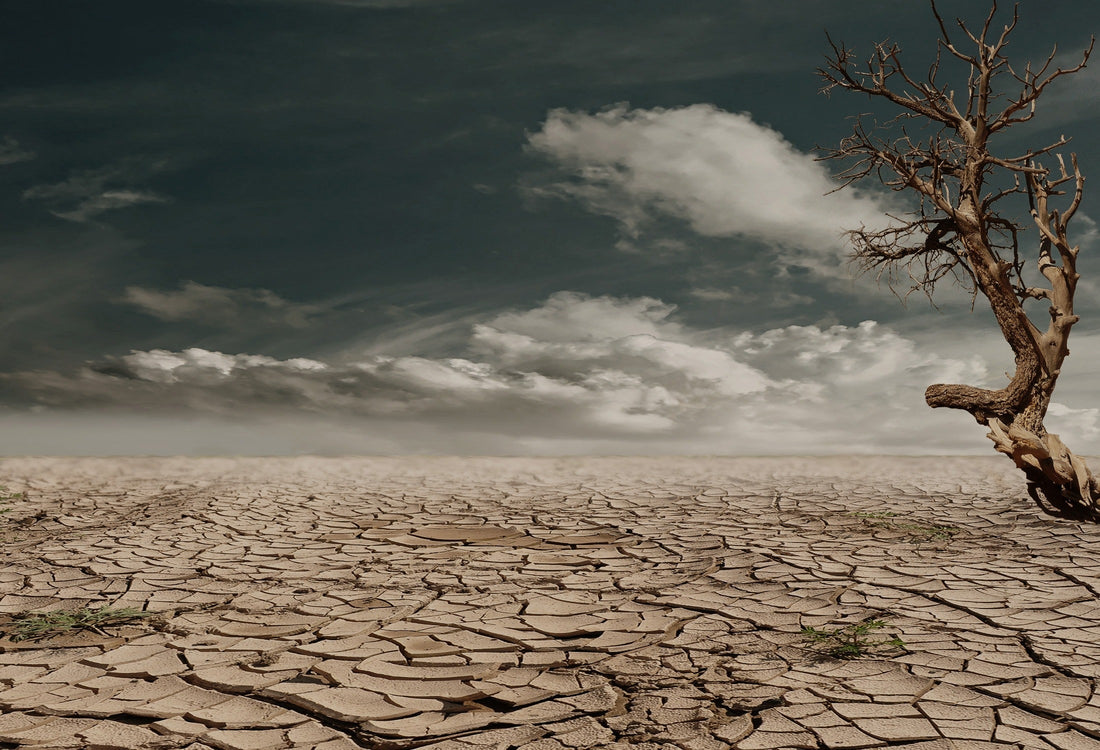Global warming is causing a series of changes in the earth's climate and likewise, in the life of the beings that inhabit it. Climate change is relentlessly advancing at unprecedented speed, it is altering the pace of the climate to which all living things have become accustomed, and a new and more unpredictable climate poses unique challenges for all life. After the UN Climate Summit last year, the entity warned about the worrying increase in the planet's temperature and forecast the remaining time we have before reaching an irreversible and irremediable crisis. The figures and facts are worrying, we tell you what consequences the increase in temperature brings with it and what would happen if it does not reach a stable point within the next 7 years.

The world is a long way from meeting the Paris Agreement targets to keep the global temperature increase below 2°C above pre-industrial levels according to United in Science scientific research conducted by the World Meteorological Organization.
Modern life has brought us to a decisive moment to face the greatest challenge of our time , a challenge that we ourselves push to the limit, climate change. How are we going to cope with the changes we are already seeing on our planet? can we remedy it? It is increasingly evident that humans have caused most of global warming, after more than a century of industrialization, massive deforestation and large-scale agriculture, the amounts of gases that cause the greenhouse effect - and that also cause the increase in the earth's temperature by retaining heat - have increased to levels never seen before .

There is no doubt that rising levels of greenhouse gases must cause the Earth to warm in response.
NASA “Climate change: How do we know what we know?
An increase in global temperature conditions of just 5 degrees could cause a collapse of the earth's systems, raising sea levels by 6 to 9 meters, leading to the complete loss of coral reefs and the Amazon rainforest and turning large areas of the planet in uninhabitable places. [Read also: Climate change brings the entire planet to a 'tipping point' ]

Perhaps we think that an increase of 2-5 degrees Celsius will not make us change our woolen jackets or coats for dresses and shorts, but the physical and biological processes of the planet are extremely fragile and sensitive to temperature and the rapid increase that has occurred. given in the last century represents a rate almost ten times faster than what the planet experienced during the 5,000 years following the last ice age. An increase in temperature, however small it may seem, if it occurs in an accelerated manner, can affect all beings on earth.
The evidence of global warming is before our eyes
![]()
NASA has been in charge of studying the levels of different gases that cause the greenhouse effect and the changes in the earth's climate to inform and warn about the effects caused by the increase in temperature based on scientific evidence. The evidence presented by NASA of the increase in temperature is worrying:
 global temperature rise
global temperature rise
Since the end of the 19th century, the average temperature of the planet's surface has increased by approximately 1.14 degrees Celsius due to increases in carbon dioxide and other emissions produced by humans.
 The ice sheets are getting smaller
The ice sheets are getting smaller
The Greenland and Antarctic ice sheets have decreased in mass. "Greenland lost an average of 279 billion tons of ice per year between 1993 and 2019, while Antarctica lost approximately 148 billion tons of ice per year over the same period" 1 . Glaciers are also losing their cover in almost all parts of the world, the Andes, the Alps, the Himalayas, Alaska and Africa 2 . Both of these situations are also accompanied by decreased snow cover and reduced extent and thickness of Arctic sea ice.
 Rise in sea level and ocean temperature
Rise in sea level and ocean temperature
The sea level in the world has risen about 20 centimeters in the last hundred years. The rate of the last two decades is almost double that of the last century and each year it accelerates. On the other hand, the oceans have absorbed much of the land's heat gain, with the top 100 meters showing warming of more than 0.33 degrees Celsius since 1969. 3
Despite the different attempts to counteract the climate crisis, we continue to observe the result of our inability to face the climate emergency every day. This evidence of climate change is worrisome , as many earth systems are close to reaching a point of no return and the possibility of a life-threatening increase in temperature is an existing and ongoing threat to civilization. In addition to sea level rise, weather conditions can be more extreme, involving more intense storms , followed by longer droughts , thus challenging food production, causing changes in the ecosystems of different species and loss of supply. of water that historically came from glaciers.
It is time to inform ourselves and act, we are reaching a key moment for our future.




Comments
Las combustibles fosiles con aumento desafrado es lo que ha llevado a la destruccion del planeta, las energias renovables son ms limpias para no exterminar la vida prontamente